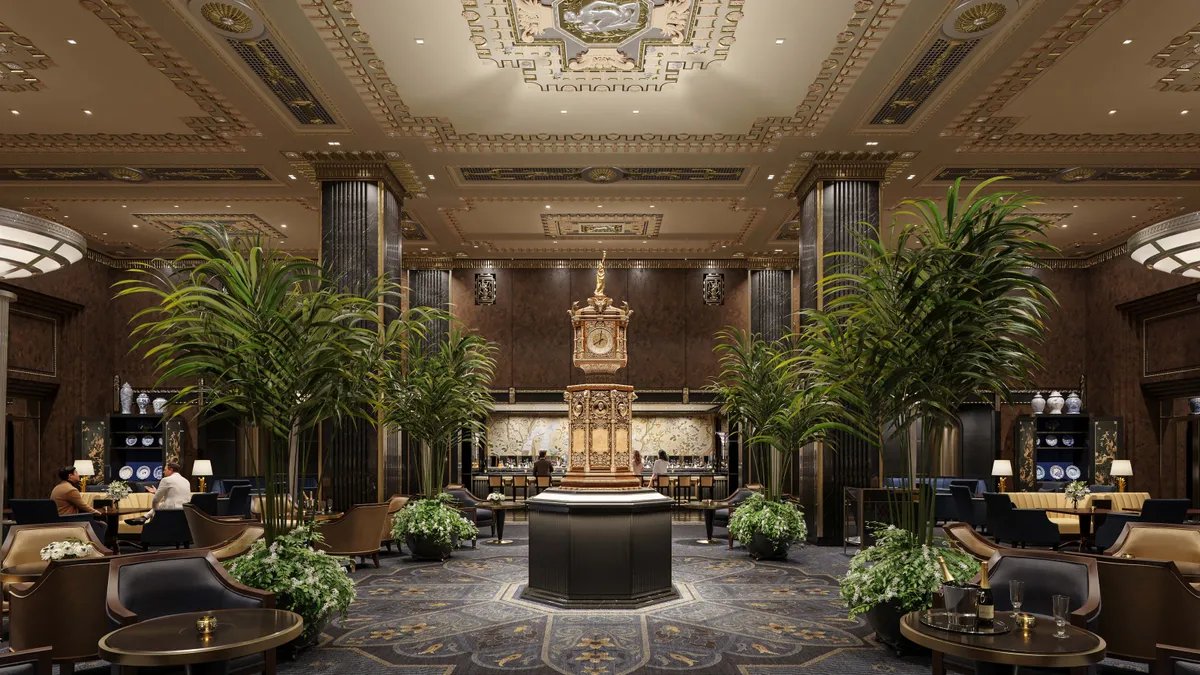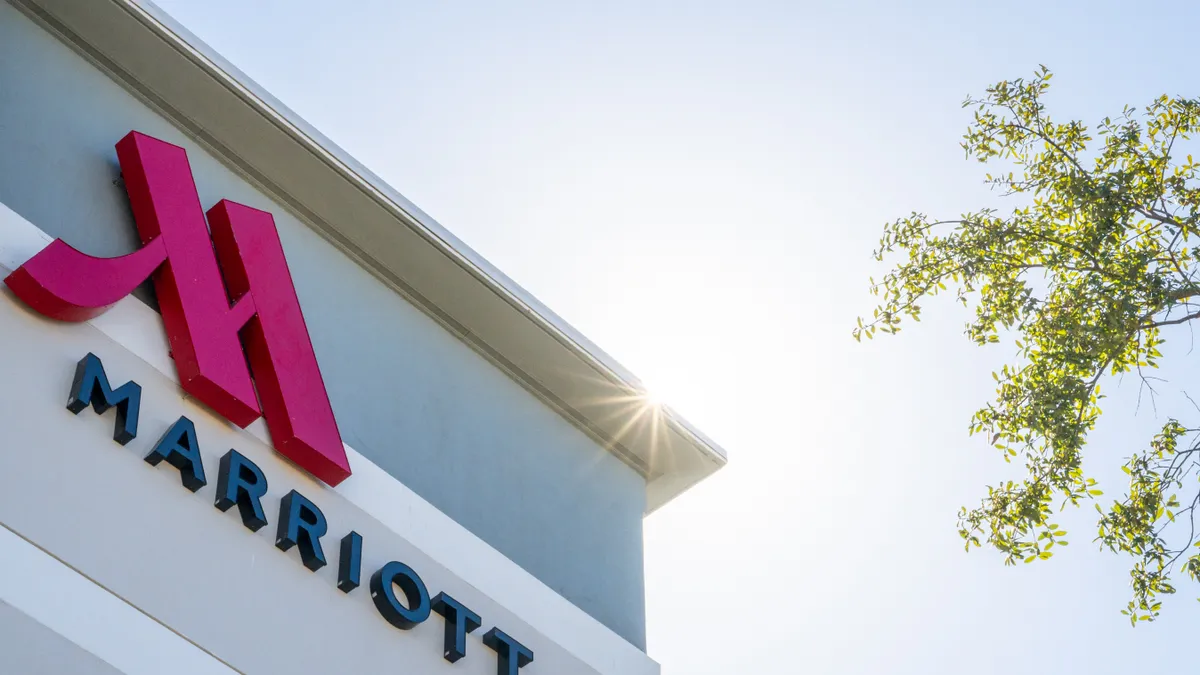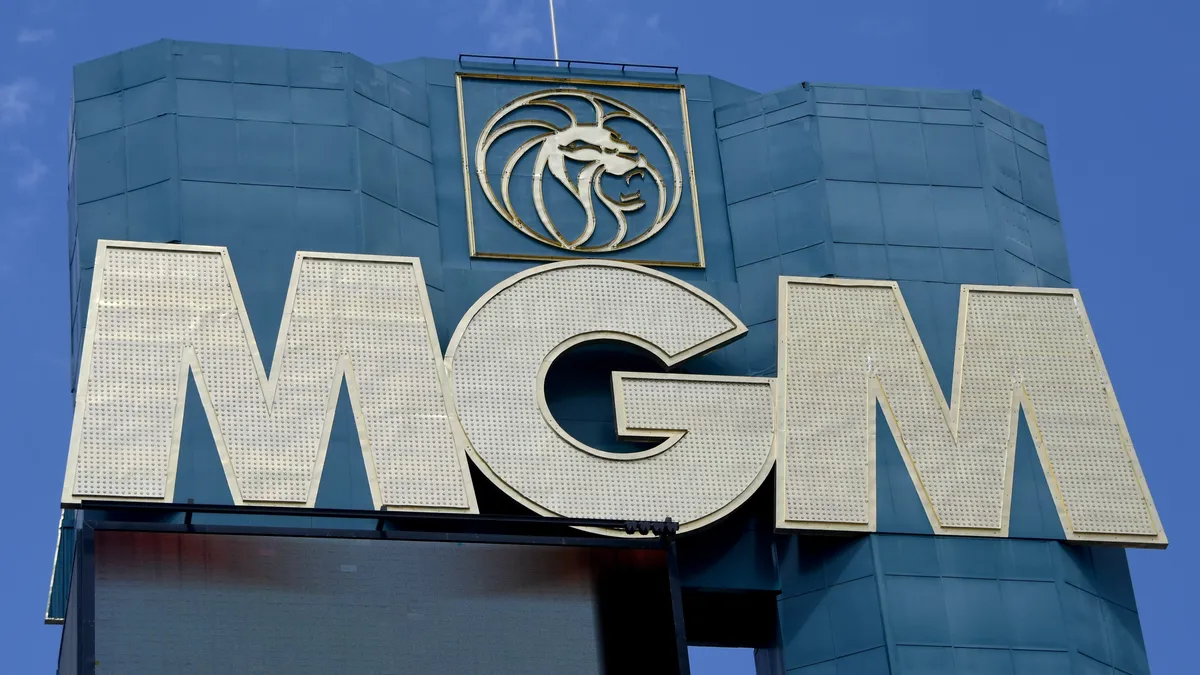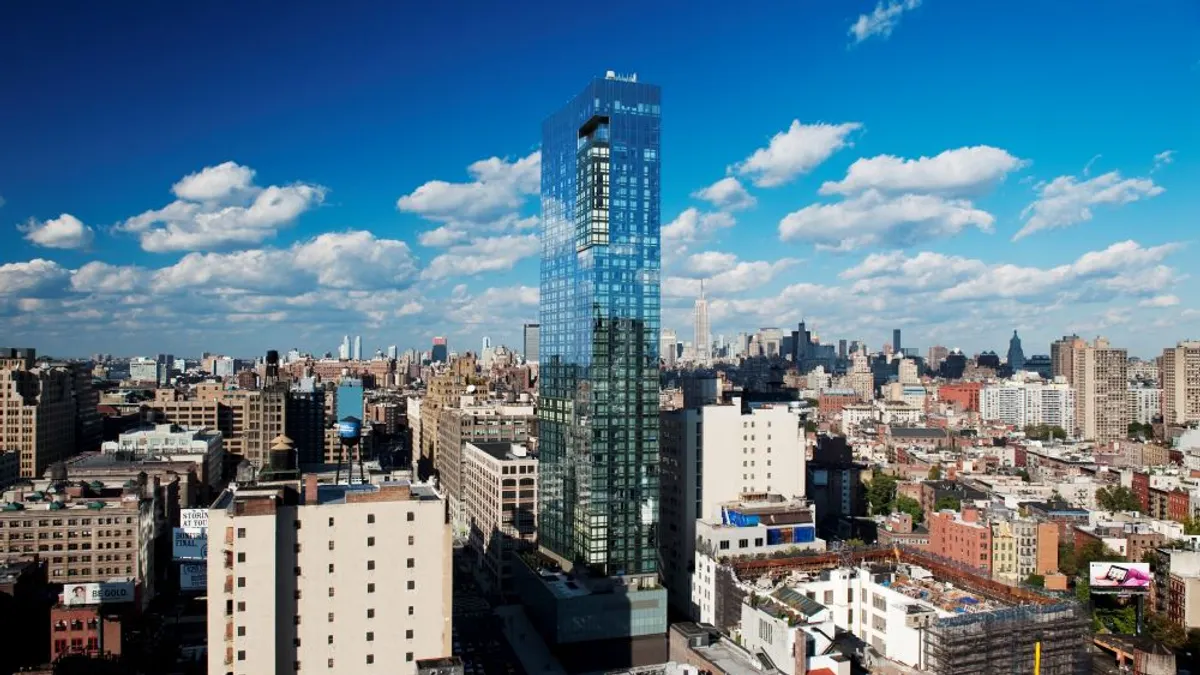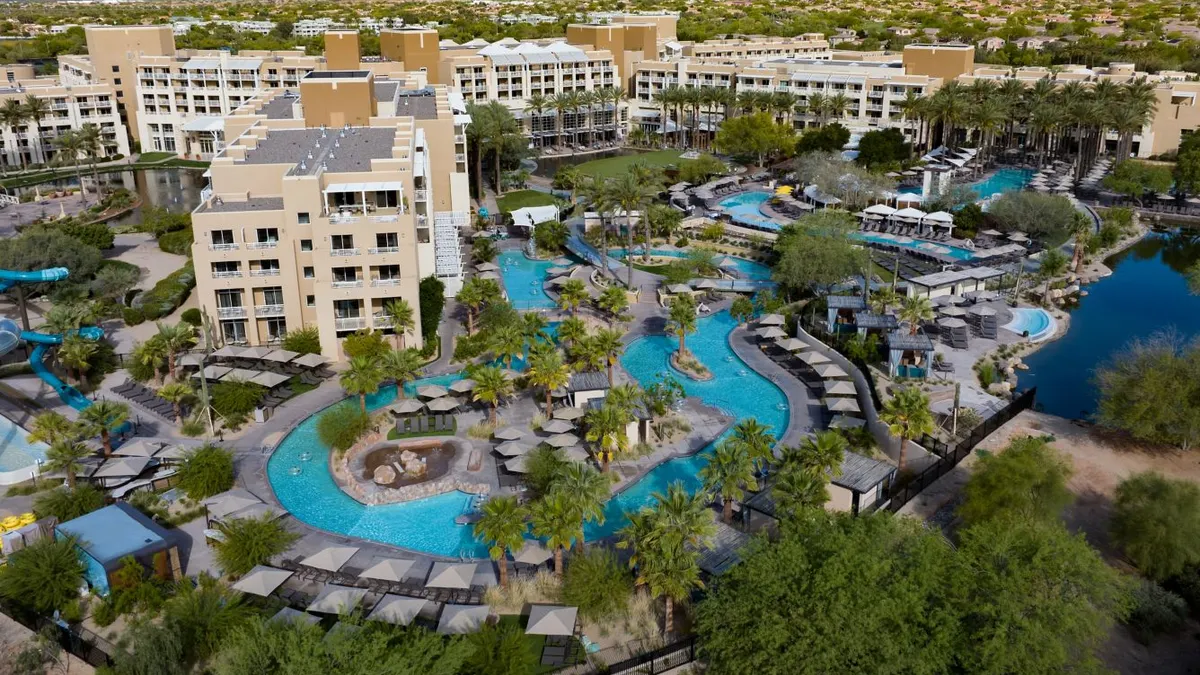The following is a guest post from Philipp Mirow, the founder and CEO of Meridian Thinking, a consultancy focused on brand strategy and customer experience that advises global hospitality and lifestyle brands. Opinions are the author’s own.
The reopening of the Waldorf Astoria New York this year is more than a property milestone. It’s a symbol of a broader challenge facing legacy hotel brands: how to honor heritage while staying relevant to modern travelers.
That tension is playing out across the industry. Hilton just unveiled a new Hilton Hotels & Resorts property in Arlington, Virginia, that it describes as ushering in “a new evolution of hospitality” for the flagship Hilton brand — a reminder that even global giants are questioning how heritage is expressed today. At the same time, Choice Hotels International has repositioned the legacy Radisson brand, and Marriott International is working to integrate CitizenM.
Throughout my work over the past 15 years with heritage brands across hospitality and travel, the same question has always surfaced: How do you honor what made the brand iconic while evolving to stay relevant for the next generation? In response, I believe heritage brands lean on six principles for reinvention.
History is a starting point, not a strategy
Heritage creates recognition and trust. It anchors brands in cultural memory and signals quality and reassurance. But it is not a plan for the future.
Pan Am remains an icon, but only as nostalgia, a memory celebrated at the TWA Hotel rather than a living brand. The Waldorf Astoria New York has been restored in exquisite detail, yet feels more like preservation than a statement of what the brand will become. Belmond’s Britannic Explorer reinterprets the golden age of rail for today’s luxury traveler.
For hotels, the lesson is clear: restoration alone is not enough. Heritage must translate into relevance.
Find the essence, reframe the expression
The strongest legacy brands succeed by identifying the DNA that must endure and then reframing how it shows up.
At Tiffany & Co., the iconic blue box remains central to the aspiration shoppers feel, but the brand was able to reframe its offering for male gifters, making giving feel more intentional and confident.
Meanwhile, Courtyard by Marriott was born as the first brand for business travelers. That pioneering truth still holds, but the context has changed. Gone are the days of red bed skirts and dial-up modems. Today, Courtyard blends productivity with lifestyle through flexible lobbies and refreshed food and beverage. DNA is timeless, but its expression must evolve.
A brand’s values are part of its identity
Values accumulate over decades and become inseparable from how customers understand your brand. When they are upheld, they create continuity. When they are abandoned, they erode trust that took years to build.
Ben & Jerry’s has long made activism integral to its brand, weaving social and environmental issues into everything from product launches to advertising. Southwest Airlines long stood for egalitarian principles like open seating, until its move toward assigned seats marked a departure from that founding promise.
The consequences can be sharper, still, when values are reversed. Target’s DEI rollback triggered boycotts and billions in lost market value. The lesson is simple: shed your values and heritage becomes hollow.
Yesterday’s differentiation is tomorrow’s deadweight
What once set a brand apart can quickly become the very thing that holds it back.
During my time at Choice, when it was time for Radisson to reposition, we grappled with the “full-service” terminology that had long defined the industry. We realized it was no longer fit for purpose. Guests were not asking for 24-hour restaurants or room service. They wanted quality gyms, grab-and-go options, and spaces that matched the way people actually travel.
Virgin Voyages has redefined what “cruise” means by rejecting legacy tropes like buffets and formal nights in favor of design, wellness and inclusivity. Differentiation must evolve or it becomes baggage.
Customers decide if you’re relevant, not you
Relevance is not declared in a boardroom. It is earned in everyday moments with customers.
Cracker Barrel learned this the hard way when its $700 million rebrand, from logo to menu to decor, was seen by loyal diners as erasure of identity. The backlash was not about nostalgia. It was about a brand failing to listen.
Starbucks offers the counterpoint. Under its “Back to Starbucks” strategy, it acknowledged feedback that mobile-only stores felt impersonal. By remodeling to restore seating and warmth, Starbucks re-anchored its “third place” promise.
Heritage without relevance is fragile. The customer decides.
The gap you ignore furthers your competitors’ growth
Whitespace is ruthless. Any gap left open is an invitation for others to seize.
In hospitality, CitizenM and Hoxton spotted the blind spot between bland consistency and high-end luxury. They built brands around design, technology and social connection, capturing a new generation of travelers while incumbents defended outdated categories.
The message for heritage hotel brands is clear. Scale and recognition will not protect you. If you do not evolve into whitespace, someone else will.
Heritage is trust you cannot buy. It anchors brands in cultural memory, creates shorthand for quality and carries a price premium when activated with intention. But left untouched, heritage risks becoming nostalgia at best and irrelevance at worst.
For hotel brands, the challenge is to ensure that heritage is treated not as preservation, but as momentum. Those who extract their DNA, evolve it for today and extend it into tomorrow will move from monuments of the past to movements for the future.


